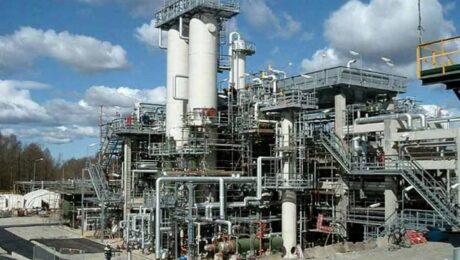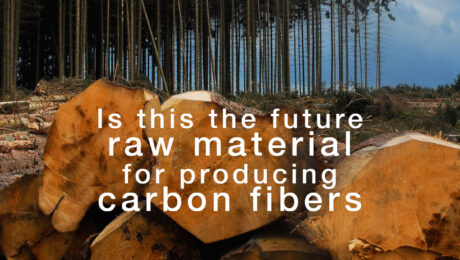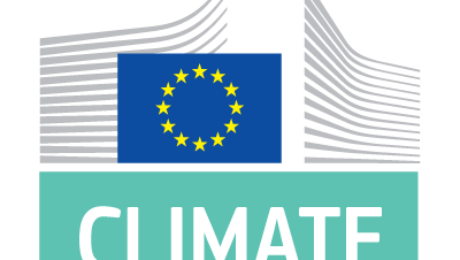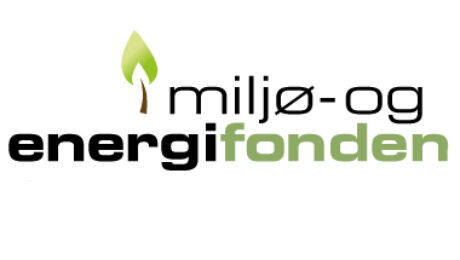
Two-day seminar on Green Bonds in Gothenburg,
included workshops on green financing, the future
of green cities and, last but not least, new regulations
and opportunities.
Several interesting participants from municipalities,
companies, banks and financial institutions.
Both good new contacts and tangible results
through our participation in this workshop.
To be continued…
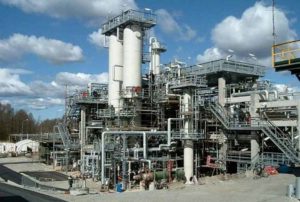
Fruitful and interesting day full of meetings with both the municipal
responsible Camilla Svensson – Head of Waste Technical Operations
at Stenungsund and Vice President Lars Lind – Bio Fuels from Perstorp.
We look forward to the next step in this dialogue on cooperation
between the municipality, the locally established Petrochemical
Industries and SWESTEP
To be continued…

SWESTEP invited to Copenhagen by CLEAN on
finding solutions for “Innovative plastic sorting
and reprocessing solution
Creative Director, JP Morgan Friberg gave a talk on SWESTEP’s
technology as well as a general picture of the difference between
– Reusing and Recycling plastic waste and residues – from a circular
economic perspective with focus on the product lifecycle and future
producer responsibility.
The challenge is that, through an announced, Danish international Tender,
come up with viable and profitable solutions throughout the value chain.
From collection and sorting to processing and recycling the plastic waste into renewable non-fossil end products and/or liquids
To be continued…
NEWS from FORBES
Plant Waste Can Make Carbon Fiber Cheaper
The Flintstones aside, wood is not the first choice for car parts. But when blended into carbon fiber, it turns out that a wood byproduct could lower the cost of the high-tech material without sacrificing its strength.
Carbon fiber reinforced plastic is very light and very strong. The fibers are short chains of carbon atoms bundled together and twisted into long strands. Those can be woven together and locked inside an epoxy resin to make stiff, lightweight parts for jets, prosthetics, cars and more.
As with so many human inventions, plants beat us to it long ago. They evolved their own light and strong reinforcement for building structures: lignin. It’s a carbon-based biological polymer that gives strength and rigidity to plant cell walls and helps prevent rot. It typically makes up about between one-fifth and one-third of the dry mass of wood.

Lignin’s toughness and resilience makes it great for plants, but it’s generally a nuisance when it comes to wood and plant products. When wood or plants are broken down to pulp to make paper or ethanol, lignin is treated as a waste product. It’s either sent to a landfill or burned for energy, which isn’t much of an improvement. Now bioengineer Birgitte Ahring has come up with a better use for lignin.
Source – FORBES Read the full article – click here
INFORMATION from The Guardian
Informative film on “Why we need to keep fossil fuels in the ground”.
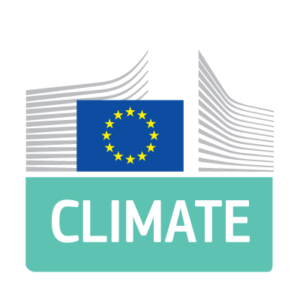
Closing the loop – An EU action plan for the Circular Economy
The European Commission adopted an ambitious Circular Economy Package, which includes revised legislative proposals on waste to stimulate Europe’s transition towards a circular economy which will boost global competitiveness, foster sustainable economic growth and generate new jobs.
The Circular Economy Package consists of an EU Action Plan for the Circular Economy that establishes a concrete and ambitious programme of action, with measures covering the whole cycle: from production and consumption to waste management and the market for secondary raw materials. The annex to the action plan sets out the timeline when the actions will be completed.
The proposed actions will contribute to “closing the loop” of product lifecycles through greater recycling and re-use, and bring benefits for both the environment and the economy.
The revised legislative proposals on waste set clear targets for reduction of waste and establish an ambitious and credible long-term path for waste management and recycling. Key elements of the revised waste proposal include:
- A common EU target for recycling 65% of municipal waste by 2030;
- A common EU target for recycling 75% of packaging waste by 2030;
- A binding landfill target to reduce landfill to maximum of 10% of municipal waste by 2030;
- A ban on landfilling of separately collected waste;
- Promotion of economic instruments to discourage landfilling ;
- Simplified and improved definitions and harmonised calculation methods for recycling rates throughout the EU;
- Concrete measures to promote re-use and stimulate industrial symbiosis – turning one industry’s by-product into another industry’s raw material;
- Economic incentives for producers to put greener products on the market and support recovery and recycling schemes (eg for packaging, batteries, electric and electronic equipments, vehicles).
The following legislative proposals on waste have been adopted
- Proposed Directive on Waste
- Annex to proposed Directive on Waste
- Proposed Directive on Packaging Waste
- Annex to proposed Directive on Packaging Waste
- Proposed Directive on Landfill
- Proposed Directive on electrical and electronic waste, on end-of-life vehicles, and batteries and accumulators and waste batteries and accumulators
- Analytical note on waste management targets
- Staff Working Document – Implementation Plan
READ MORE; Complete Guidelines and New Directives of the European Union here
Environment and Energy Fund Denmark – Support validation of Swestep’s process
Copenhagen politicians, just over three years ago, adopted a plan to start kick the recycling of the capital’s waste and limit the incineration. The plan meant that 45 per cent of household waste would be recycled in 2018, against 27 per cent in 2010. According to an evaluation made by the municipal officials January 2016, the goal could be achieved if one could find suitable technology that could produce renewable fuel/gas and fertilizers of industrial and household waste.
The municipality of Copenhagen is interested in testing the SWESTEP patented CC Process (Catalytic Conversion Process), which is a “Liquefaction Technology”. SWESTEP’s technology can offer sustainable renewable fuel and oil production by converting all forms of hydro carbon based waste and residues to renewable materials, such as synthesis fuels, chemicals, oils and polymers.
The purpose of this project is to validate results from SWESTEP’s technology. The goal is a more cost-effective, climate-friendly and sustainable way of using plastic waste for the production of renewable fuels.
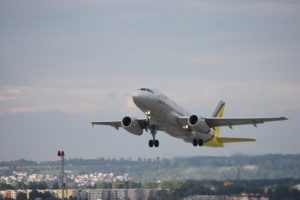
First emissions mechanism established for aviation
Carbon emissions from aviation are growing faster than any other sector. In an effort to address the problem, the International Civil Aviation Organisation (ICAO) approved the world’s first global emissions reduction scheme last month.
The Carbon Offset and Reduction Scheme for International Aviation (CORSIA) is a market-based mechanism in which carbon emissions are offset through the purchase of credits, leaving aviation emissions to remain – at least on paper – at 2020 levels.
CARBON & CLIMATE
Will the new aviation deal save forests?
Aviation currently accounts for just 2 per cent of total carbon dioxide emissions globally, about half of which is from international aviation. However, without effective measures, aviation could account for about 22 per cent of all emissions by 2050, according to projections from Greenovation Hub, an environmental non-governmental organisation.
The aviation sector is growing rapidly, particularly in the Asia-Pacific region. The International Air Transport Association (IATA) predict that the number of airline passengers will more than double by 2034 to 7.3 billion, up from 3.5 billion in 2015. China will account for a significant proportion of the growth in passenger numbers. IATA expect that 20 per cent of passengers will be travelling to, from or within China by 2034.
China is also predicted to overtake the US as the world’s largest aviation market for passengers by 2024. Passenger numbers are expected to double from current levels to over 900 million by 2025 and to 1.3 billion by 2035. The US market, in comparison, is expected to increase from just over 650 million passengers in 2015 to 900 million passengers.
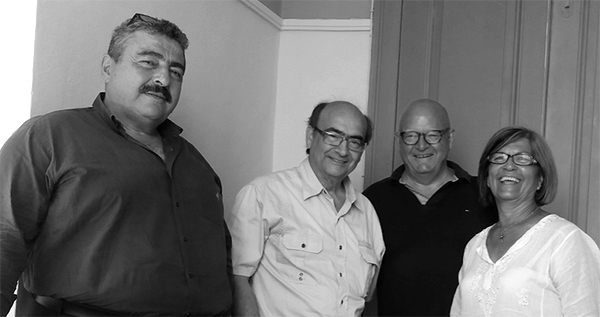
Meeting with Kalogeris Nikolaos, Deputy Head Planning & Environment Region of Crete and Vice Governor Apostolos Voulgarakis of Chania, Crete, Greece.
Region Crete is positive and hope to make Crete to one of the worlds greenest Island . Mr. Kalogeris Nikolaosand and Swestep GR discussed to start a feasibility study using all agricultural residues and make trash to cash, and create new Jobs and Industries in Crete.
In the picture from left; Kalogeris Nikolaos, Deputy Head Planning & Environment Region of Crete. George Kinigalakis Dir. SWESTEP-SEA. Karl-Magnus Mattsson CEO and founder SWESTEP and Elen Papadopolous Dir. SWESTEP- GR.


